What tests should I give to babies after birth?
Contents of
- What tests are taken with a newborn?
- Obligatory tests of the child after birth
- Where to pass the tests to the newborn?
- How to assemble urine for analysis to a newborn?
- Mom's action algorithm for urine collection
- Video: How to use the baby urine receiver correctly?
- An ancient method for the rapid emptying of a child
- Video: The correct method of collecting urine for analysis of a newborn
- How much urine is needed to analyze a newborn?
- Heel analysis in newborns
- Blood test for newborn
- Norms for general blood analysis for children of the first year of life
- How to collect calf from a newborn for analysis?
- Analyzes for a dysbacteriosis to a newborn
- Causes of a dysbacteriosis of newborns
- What analyzes to hand over on a dysbacteriosis?
- How correctly to collect a feces on a dysbacteriosis?
- Analysis of dysbacteriosis
- Video: Analyzes for dysbiosis, advice from Dr. Komarovsky
- Analysis for hormones to a newborn
- Analysis for genetic diseases of a newborn
- A memo for young parents
- Video: First tests after the birth of a child
- An important point after the birth of a baby is the identification of possible abnormalities in hishealth on the first days of life
- To make an accurate diagnosis, certain tests of
- are required. In time the treatment started after the erysipelasthe child is the key to the further development of the baby and avoid the occurrence of chronic diseases.
What tests are used in the newborn?
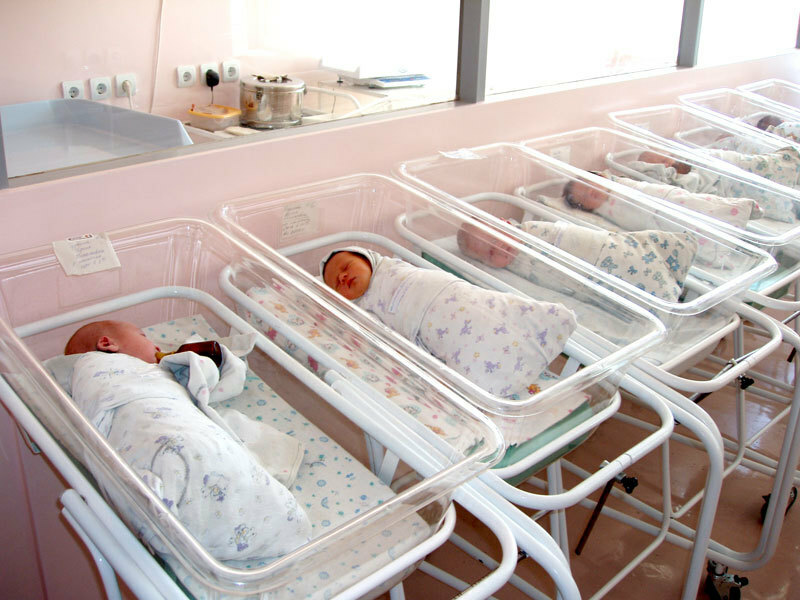 In the maternity hospital
In the maternity hospital Laboratory diagnosis of diseases is an important part of the necessary medical examination of the baby from the newborn period to routine testing of blood, urine, feces in the first months of life of the baby.
Obligatory tests of the child after the birth of
There are a number of mandatory tests that must be handed over to the baby after birth.
- Immediately after birth, the baby is taken blood from the umbilical vein to detect HIV infection, syphilis, hepatitis
- If a jaundice( jaundice) is detected in a baby, the blood is tested for liver transaminases that are markers of the liver pathology
- . On day 2-3 the child is taken blood fromheels on the detection of anemia, insufficient function of the thyroid gland and phenylketonuria( a rare hereditary disorder associated with intellectual disability)
- Since 2006, all babies have been tested for the diagnosis of rarepains: adrenogenital syndrome( excessive hormonal secretion of the adrenal cortex), galactosemia and cystic fibrosis( hereditary diseases)
- Newborn fetal cord sampling allows detecting antibodies to cytomegalovirus, herpes, mycoplasma, chlamydia, toxoplasm
- Before discharge from the hospital, the baby is given a general blood test from the heel
- Children who are at risk are given additional testing of blood and urine
The newborn period lasts 28 days. During this time, the baby grows up and adapts to the new conditions of life. At this stage, the baby is given a general blood test. Then the child passes to his new life stage - the baby.
- Routine testing of blood, urine and feces can be performed at 3 months, at 6 months and in the year
- Additional tests can be prescribed by the doctor to clarify the diagnosis, after serious illness( to identify complications after the illness) and before vaccination
- When the child reaches 1year, boys should be consulted by a urologist, and girls - a children's gynecologist. During this examination, children are taken a smear on the microflora
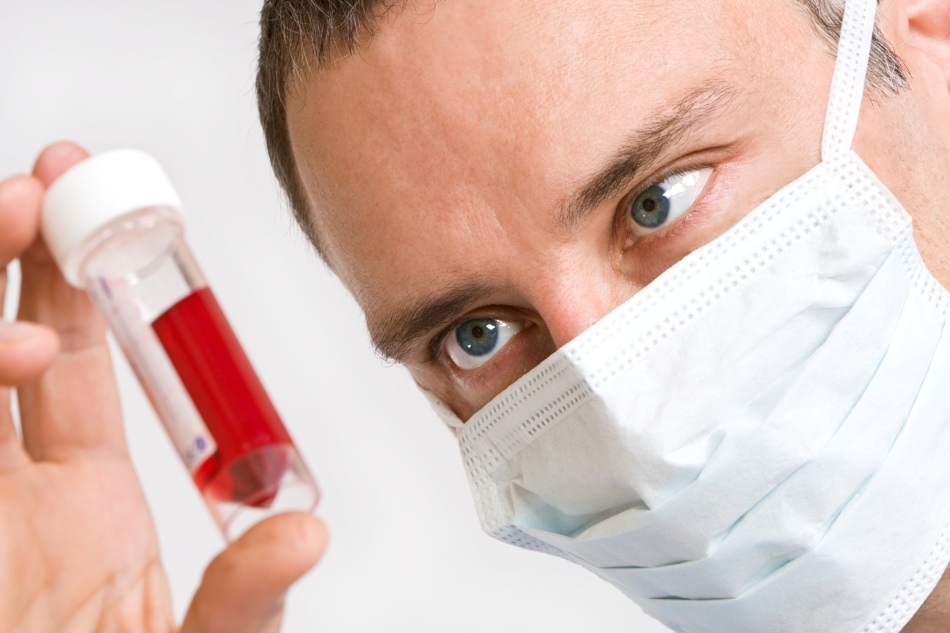 Blood sampling reveals dangerous diseases
Blood sampling reveals dangerous diseases Where to take tests for a newborn?
The first tests for the newborn child are carried out at the hospital. The information obtained after reading the results of the tests will help doctors in time to establish deviations in the health of the baby, correctly diagnose and prescribe treatment, to prevent all sorts of complications in the development of the baby.
Subsequent routine analyzes are carried out in the laboratory departments of children's polyclinics or specialized children's centers equipped with modern laboratory equipment.
 Determination of chroma of urine - an important indicator of laboratory diagnosis
Determination of chroma of urine - an important indicator of laboratory diagnosis How to collect urine for analysis of a newborn?
- Morning urine after waking up the baby gives the most reliable information for laboratory testing. The baby should be washed with comfortable temperature water. It is not recommended to use hygiene products with antiseptic effect in order to avoid distortion of the results of the
- analysis. It is recommended that the girls be washed in the direction from the genitals to the anus, so as not to infect the rectum on the vaginal mucosa. It is enough for the boys to slightly push the glans penis and carefully wash it with the scrotum
- . The urine is collected for testing in a special sterile baby urine bag or container that can be purchased at the
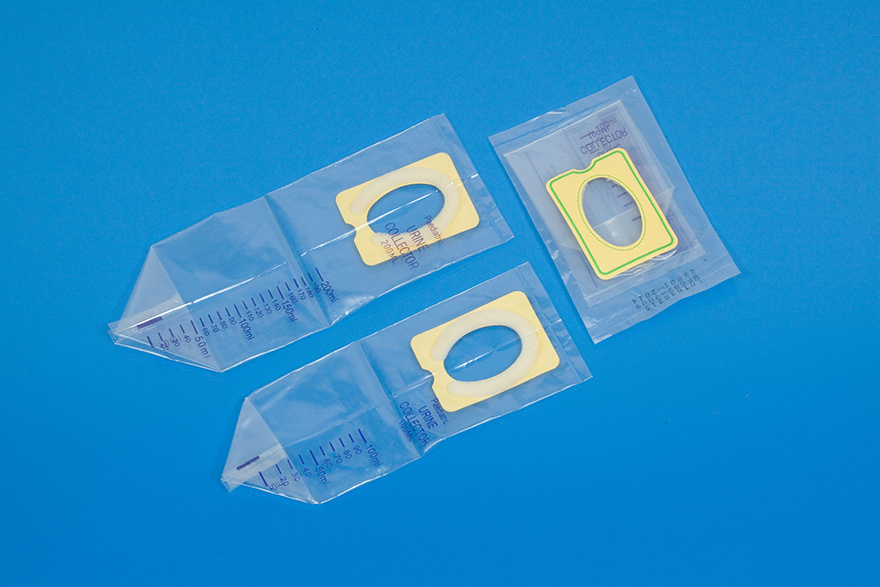 pharmacy. Baby urine collection pads for analysis of
pharmacy. Baby urine collection pads for analysis of Mom's urine collection algorithm
- Wash thoroughlyhands with soap running water
- Wash the baby with warm water and drain the genitals
- . The baby urine receiver should be attached with adhesive side to the child's dry genital organs. Instructions: the girls should put the urine collecting device on the genitals between the legs and put on the diaper, the boy should put the scrotum with the penis into the urine collection container and also put on the diaper.
- After urine collection, the urine receiver should be transported to the laboratory if the instruction provides for this possibility or transfer urine to a sterile container
- Once again, wash the child, drain the crotch and put on the baby diaper
Video: How to use the baby urine receiver correctly?
An ancient method for the rapid emptying of a child
- Put the baby on the back
- Place a sterile urine collection container under the baby
- Lightly stroke and then gently press the suprapubic area of the
Video: The correct urine collection for analysis of the newborn
How much urine is needed for analysis in the newborn?
For a newborn child, it is enough to collect 15-25 ml of urine for laboratory testing. The container with urine should be delivered to the medical institution no later than 1.5 hours after the morning collection. Later delivery may distort results due to loss of freshness of urine.
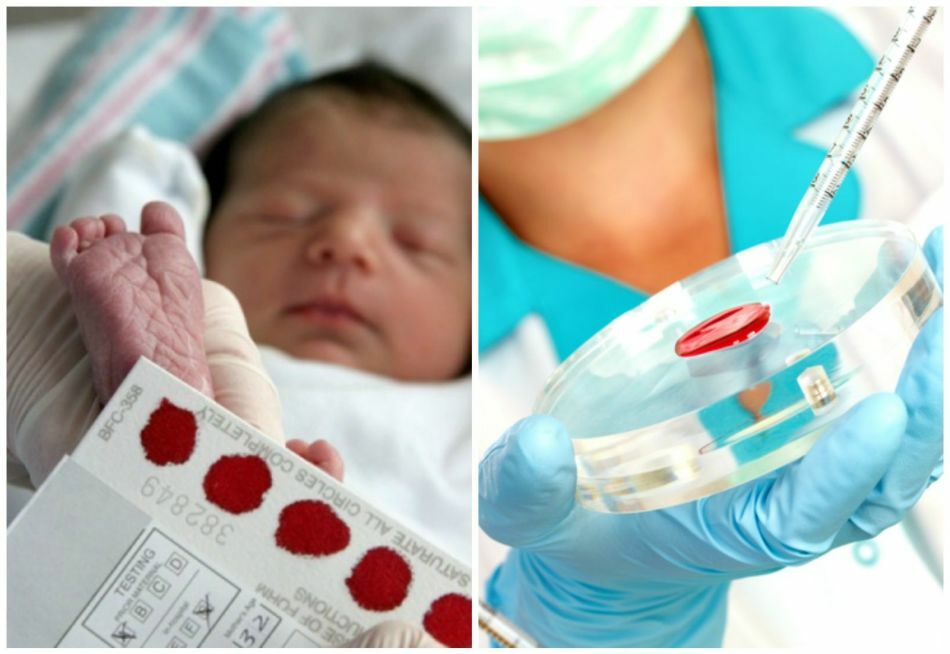 Analysis of blood from the heel of the baby
Analysis of blood from the heel of the baby Analysis of the heel in the newborn
- A "heel test" is a procedure for taking the minimum amount of blood from the heel from the heel. Usually, the procedure is performed in full-term children on day 4 after birth and on day 7 in preterm infants
- . The blood sampling is performed with a thin lancet. For screening, a couple of drops of blood are taken and applied to a special filtering form
- . A dry blood stain is investigated using tandem mass spectrometry( TMS).Such blood testing allows early detection of serious abnormalities in the baby's health
Blood test for a newborn
Blood testing determines the quantitative and qualitative composition of the blood and makes it possible to detect hidden foci of inflammation. Based on the results of the analysis, you can set:
- the amount of hemoglobin in the child's blood, the understated result serves as an indicator of the anemia of
- the number of red blood cells that transport oxygen and carbon dioxide through the body
- the number of eosinophils detecting the presence of allergens and worms
- the number of platelets participating in the coagulation mechanism
- The index of ESR( erythrocyte sedimentation rate)about infectious-inflammatory reaction
 Laboratory testing of blood sampling
Laboratory testing of blood sampling General blood test standards for detectiveth year of life
| Indicator | Age | ||||
| newborn | 0-7 days | 7-30 days | 1 - 6 months | 6 -12 months | |
| Hemoglobin | 180-240 | 134 - 198 | 107 - 171 | 103-141 | 113-140 |
| Erythrocytes | 3,9-5,5 | 4,0-6,6 | 3,6-6,2 | 2,7-4,5 | 3,7-5,3 |
| Color index | 0,85-1.15 | 0.85-1.15 | 0.85-1.15 | 0.85-1.15 | 0.85-1.15 |
| Reticulocytes | 3-15 | 3-15 | 3-15 | 3-12 | 3-12 |
| Leukocytes | 8.5-24.5 | 7.2-18.5 | 6.5 -13.8 | 5.5 - 12.5 | 6-12 |
| 1-17 | 0.5-4 | 0.5-4 | 0.5-5 | 0.5-5 | |
| Segmented fusion | 45-80 | 30-50 | 16-45 | 16-45 | 16-45Eosinophils |
| 1 - 6 | 1 - 6 | 15 15 15 | |||
| Basophils | 0 - 1 0 | - | 1 0 - 1 0 | - | 1 0 - 1 |
| Lymphocytes | 15 - 35 | 22 - 55 | 45 - 70 | 45 - 70 | 45 - 70 |
| Platelets | 180-490 | 180-400 | 180-400 | 180-400 | 160-390 |
| ESR | 2-4 | 4-8 | 4-10 | 4-10 | 4-12 |
How to collect a feces from a newborn for analysis?
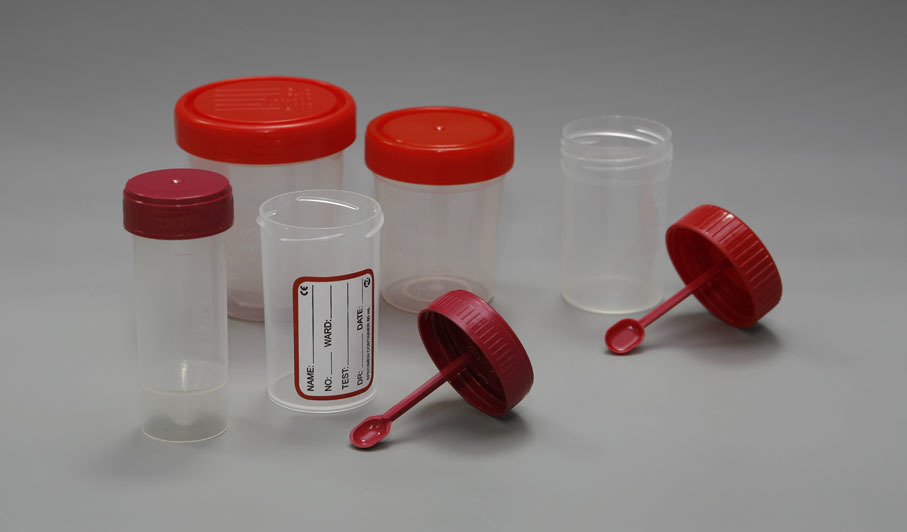 Pharmaceutical containers for testing biomaterial
Pharmaceutical containers for testing biomaterial After birth, the baby adapts to the conditions of life outside the mother's womb. The work of digestive organs, excretory system, cardiac activity, respiration is adjusted. Proper feeding and digestion of food are important indicators of child development.
Stool analysis helps to identify pathological processes in digestion and to evaluate the enzymatic activity of the digestive tract. It is necessary to collect the feces correctly in newborn children, so as not to distort the picture of the study.
IMPORTANT: It is not recommended to take test feces after using rectal suppositories, enemas and the use of medicines containing colorants and iron.
 Stool analysis helps identify many health problems of a newborn baby
Stool analysis helps identify many health problems of a newborn baby - To collect the analysis of feces, you can use a special sterile container with a scapula, which can be purchased at any pharmacy. It is also possible to use a small jar with a spoon, pre-boiling them in water
- . Insert a sterile oilcloth into the diaper. After emptying the child, you need to collect the cal with a spatula in the container and deliver it to the laboratory
Important: It is not recommended to collect feces and urine from a dirty baby diaper. Do not leave the oilcloth and urine collection tool on all night. Analyzes will be stale and distort the reliability of the testimony.
 Bacterial seeding
Bacterial seeding Dysbacteriosis tests for a newborn
Dysbacteriosis is a violation of the quantitative and qualitative balance of normal intestinal microflora in relation to the number of pathogenic microbes and fungi in the body.
Normal microflora is very important for the physiological work of the baby's gastrointestinal tract. Therefore, for various reasons, the pediatrician can prescribe feces testing for dysbacteriosis and, based on the results of the study, prescribe a suitable treatment program for the child.
 Functions of normal microflora
Functions of normal microflora Causes of newborn dysbacteriosis
Babies with dysbiosis may be caused by the following reasons:
- long-term antibiotic treatment
- child's pathological conditions: rickets, anemia, etc.
- stress situations
- infectious and viral diseases
- pathology at birth
- surgical procedures
- vomiting
- constipation
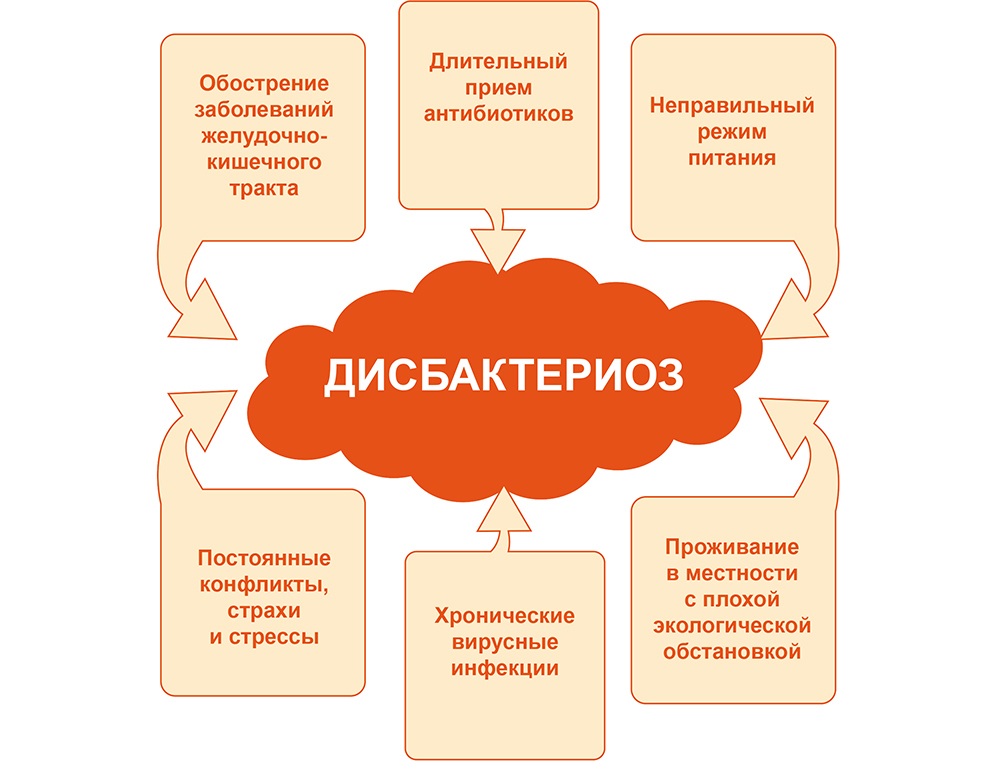 Causes of dysbacteriosis
Causes of dysbacteriosis After calving, the feces of calves have a mushy consistency, light yellow color and slightly tosly smell.
If the ratio of normal and pathogenic microflora to the side of the increase in the latter is violated, the stool becomes offensive, with a greenish tinge, mucus and foam appear.
Infants have the following symptoms:
- lack of appetite
- vomiting
- diarrhea
- abdominal pain
- skin dryness and allergic rash
- difficulty in bowel emptying
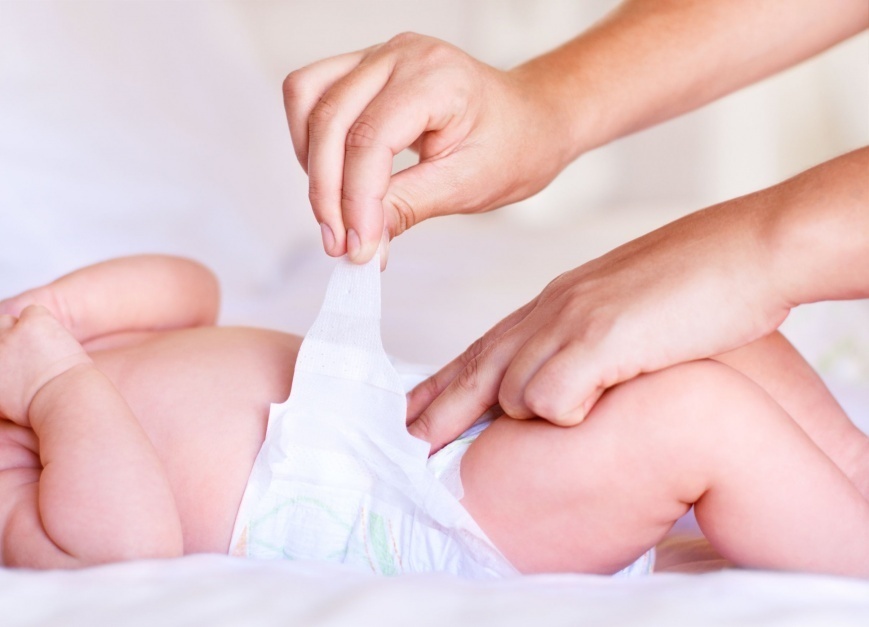 Anal stool for dysbiosis
Anal stool for dysbiosis What tests should I take for dysbiosis?
Newborns for testing feces for dysbiosis are assigned the following tests:
- coprogram
- stool culture for conditionally pathogenic flora
- stool culture for dysbacteriosis
Koptogram
A fecal or fecal analysis allows to investigate the physical, chemical and microscopic properties of newborn feces. Such testing makes it possible to detect the presence of bilirubin, protein, white blood cells, erythrocytes, the presence of epithelium, mucus, helminths in the stool and allows you to find out other important information.
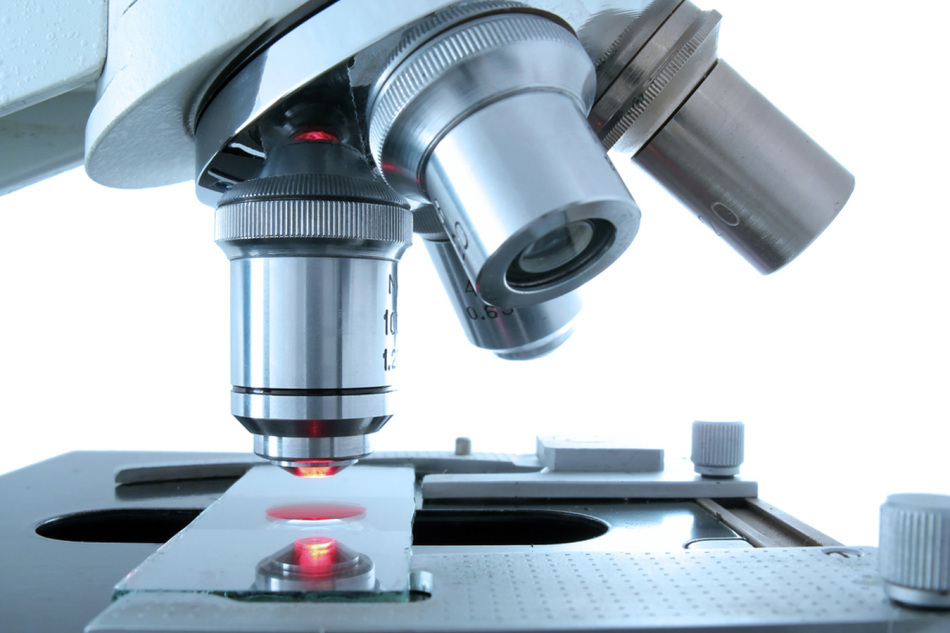 Microscopic study of feces
Microscopic study of feces Feces sowing on conditionally pathogenic flora
This type of analysis allows revealing conditionally pathogenic flora of the intestine of the baby in qualitative and quantitative measurement by microbiological examination.
This test provides an opportunity to determine the sensitivity of individual representatives of the pathogenic flora of the intestine to antibiotics.
Fecal culture for dysbacteriosis
This test allows to estimate the amount and ratio of "useful" microorganisms( lactobacillus, E. coli, bifidobacteria), opportunistic pathogens( certain types of pathogenic fungi, enterobacteria, clostridia, staphylococci) and pathogenic bacteria( salmonella, shigella and t
Testing of feces for dysbiosis can detect the disappearance of certain "useful" microorganisms and the appearance of pathogenic fungi of the genus Candida and other pathogenic flora: Pseudomonas aeruginosa, staphylookkov, Proteus vulgaris.
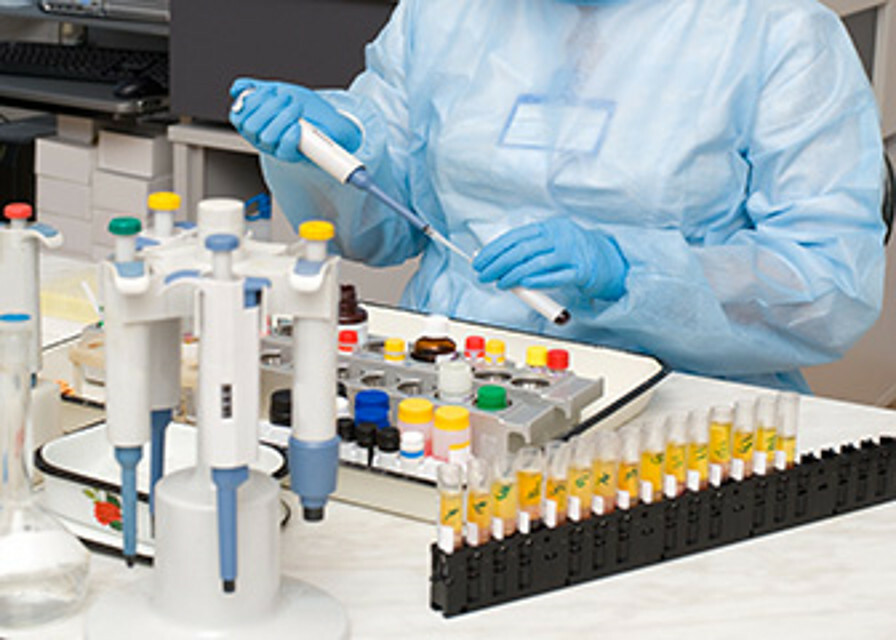 Laboratory research
Laboratory research How to properly collect feces for dysbiosis?
For testing, it is enough to collect 5-10 g of baby's feces. The material is collected in a sterile container or jar and delivered to the laboratory for several hours.
IMPORTANT: It is unacceptable to take the feces of a child with an admixture of urine.
Three days before giving the test for analysis do not give the baby:
- activated charcoal
- new lure
- antibiotics and sulfanilamide preparations
- vitamins
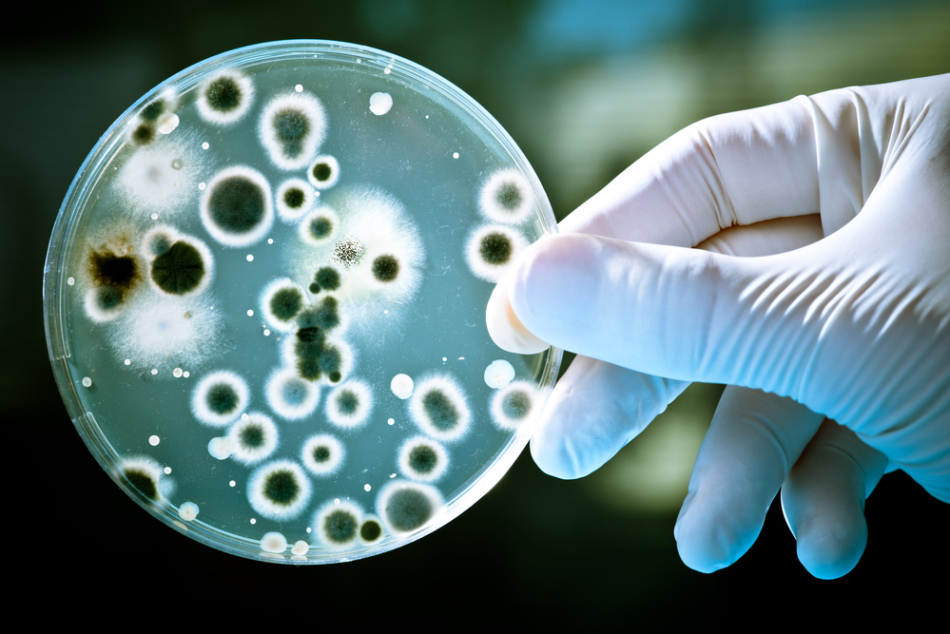 Pathogenic bacteria
Pathogenic bacteria Analysis of the tests for dysbiosis
Properly decipher the results of testing the stool for dysbiosis, diagnose and prescribe the right treatmentcan be qualified specialists.
IMPORTANT: According to normal indices, newborn infants should not have pathogenic microorganisms.
The presence of pathogenic enterobacteria promotes the development of acute intestinal infections. Salmonella, shigella, salmonella are the causative agents of serious diseases: dysentery, typhoid, salmonellosis, coli infections.
Intestinal bacillus actively participates in the process of digestion: it suppresses many pathogenic microorganisms, promotes the synthesis of vitamin K. The indicator 107 - 108 cfu / g is considered the norm for this microorganism.
Insufficient concentration of E. coli may indicate the presence of helminths or protozoa. Excessive amount of microorganism and the appearance of its individual serotypes can cause intestinal dysbacteriosis and colibacillosis.
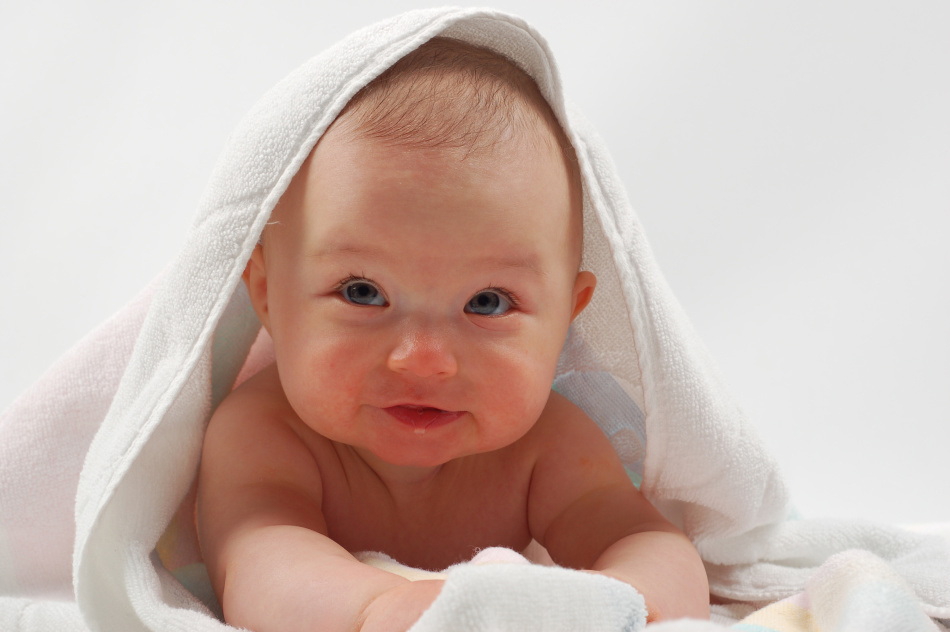 Insufficient concentration of lactobacilli can cause rashes in the baby
Insufficient concentration of lactobacilli can cause rashes in the baby - Lactobacilli are important constituents of normal intestinal flora. Microorganisms affect the normal emptying of the intestinal tract, provide antiallergic protection
- Lack of lactobacilli can cause lactose deficiency, constipation and allergic rashes. Deviations from the norm of the content of lactomicroorganisms lead to regurgitation, heartburn and other malfunctions in the digestive system of infants
- Bifidobacteria are important constituents of normal microflora. These are small "toilers" who participate in the digestion of nutrients, the synthesis of vitamins, the absorption of Fe, Ca and many necessary substances in the small intestine. Bifidobacteria neutralize putrefactive reactions in the digestive tract
IMPORTANT: Bifidobacteria constitute 80-90% of the whole microflora of newborn infants. A decrease in the level of these microorganisms causes an imbalance in the intestinal microflora and leads to a dysbacteriosis.
Video: Analyzes for dysbiosis, advice from Dr. Komarovsky
Analysis for hormones to the newborn
- All newborns undergo mandatory blood tests for the presence of severe congenital disease - hypothyroidism
- This testing is conducted for the purpose of early diagnosis of the disease. Detection of a thyroid-stimulating hormone in the blood in amounts above the normal gives an occasion to diagnose a serious disease - hypothyroidism
- With this disease the function of the thyroid gland is reduced, which leads to insufficient development of the brain and the delay of the child's mental development
- . Within the framework of the national project "Health" now in the Russian Federationis testing the blood of newborn children for the disease - adrenogenital syndrome
- The disease is caused by congenital dysfunction of the cortex nadpoechnikov and it leads to serious consequences, if time does not diagnose disease
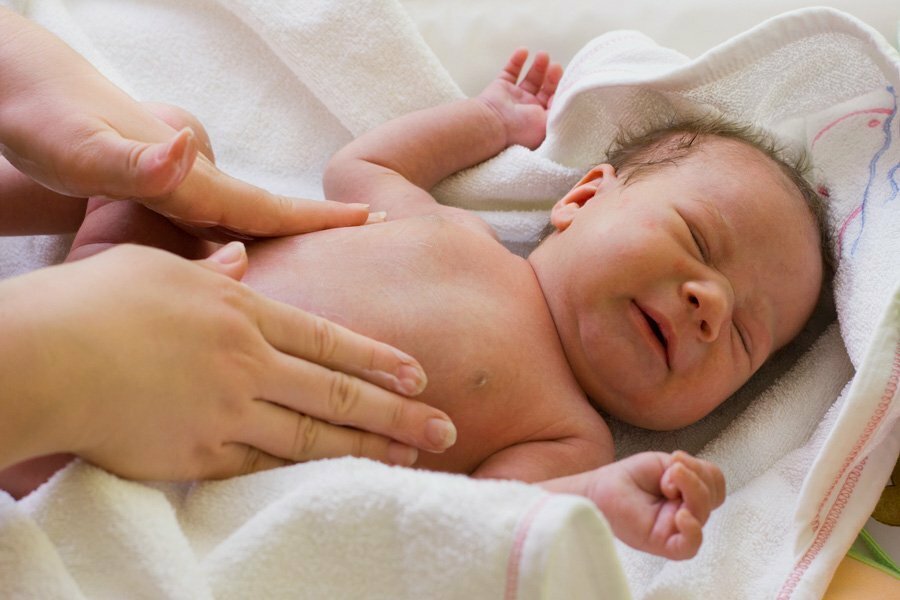 analyzes the possibility of a genetic disease is very important
analyzes the possibility of a genetic disease is very important Analysis on genetic diseases to the newborn
very important in the early stages of a baby in time to reveal his serious genetic disease. Currently in Russia, all newborn children are given a blood test in the hospital for genetic diseases:
- phenylketonuria
- congenital hypothyroidism
- adrenogenital syndrome
- galactosemia
- cystic fibrosis
Phenylketonuria is a serious disease affecting the child's mental development. The baby has neurological disorders. Treatment with a special diet helps to cope with this ailment.
Galactosemia is an inability to absorb dairy products due to a disruption in the metabolic process of converting galactose to glucose. The disease affects the liver, kidneys, nervous system. Specialized treatment and a diet without the use of dairy products helps in the treatment of the disease.
Cystic fibrosis is a serious defeat of the respiratory system and digestive system of the baby. There are specialized centers and departments of hospitals, where children suffering from this disease are treated. The use of medicamental treatment makes it possible to alleviate the child's condition and prevent serious complications and consequences of the disease.
About Congenital hypothyroidism and adrenogenital syndrome is briefly described in the article above.
The state program for the examination of newborns in the maternity hospital helps to identify hereditary pathology at the earliest stage.
If the laboratory analysis showed a positive result, the test is performed again. After repeated confirmation of the diagnosis, the mother and the baby are sent for consultation to a geneticist.
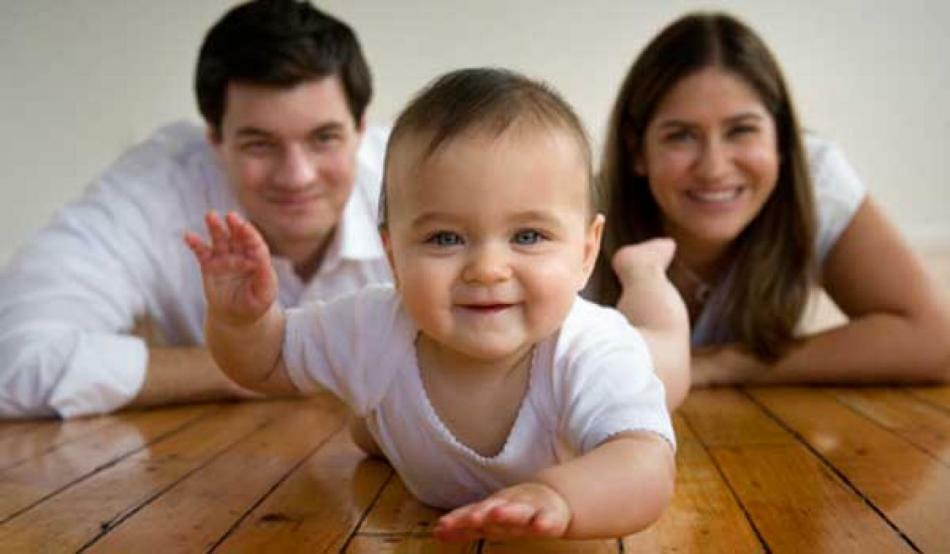 Parents in the responsibility for the health of the baby
Parents in the responsibility for the health of the baby A reminder for the young parents
Do not delay putting the tests of your children on "later", timely testing will help in the shortest time to establish an accurate diagnosis and start treatment
- . Do not try to decipher the child's test results yourself. Only an experienced specialist can correctly read the results of the analyzes of
- . Before passing the tests, consult with the doctor how to prepare for this procedure and collect the biomaterial
- . Before the laboratory test, antibiotics and other potent medicines should not be taken. If your child has not finished the medication course, notify the doctor
- . On the eve of the tests, it is not recommended to undergo ultrasound, x-rays and physiotherapeutic procedures.
- . It is desirable to use special sterile containers for collecting feces, urine and other biomaterial
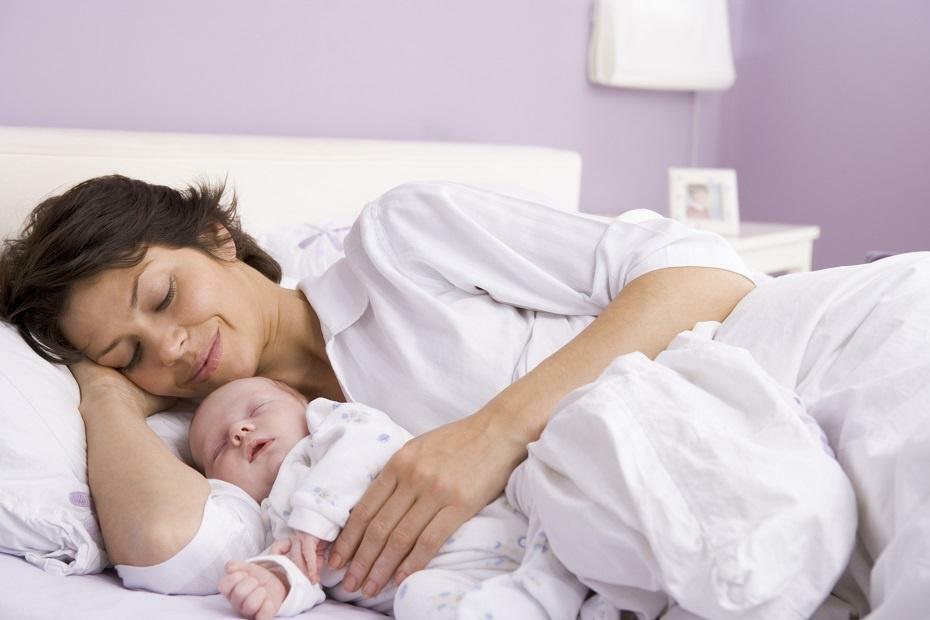 . Healthy toddler
. Healthy toddler - Conducting routine testing of blood, urine, feces in the first year of life of the baby is not an empty formality, but an obligatory control over the health of the baby
- The necessary laboratory tests will allow us to makeon me to determine fault in the child's health and take the necessary measures
- kid to a year has not yet been able to express their grievances and unrest, so timely laboratory testing of blood, urine, feces or other body fluids can help maintain the health of your child
